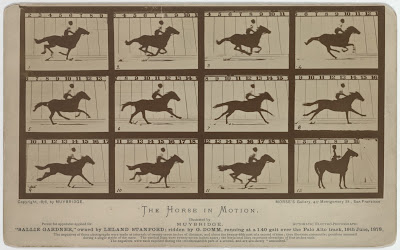Baroque Era
History
Personal Opinion
Although I would not buy this piece, I really like it. The details from the light bring a lot of beauty to the painting. The model also stands out very well because of the neutral colors around her. I also noticed how the artist is dressed up even though there is no need for him to be. The details on the curtain and map on the wall are also incredible. These small things just bring a lot of raw beauty to this piece.
Connection
The Dutch Golden Age was a time that science, art, military, and commerce flourished in Holland, becoming one of the best economies in the world. The Art of Painting was created during this time, as well as artwork featuring people and beautiful scenery. This rise in a multitude of areas may have been the influence for having the model represent Clio to create a reminder to the world that the Dutch are glorious.
Sources
Dr. Steven Zucker and Dr. Beth Harris, "Johannes Vermeer, The Art of Painting," in Smarthistory, December 11, 2015, accessed June 25, 2023, https://smarthistory.org/johannes-vermeer-the-art-of-painting/.
Grisham, Kathleen. Dutch Baroque, instruct.westvalley.edu/grisham/1b_dutbar.html.
“The Art of Painting.” Kunsthistorisches Museum, www.khm.at/en/object/2574/.


This comment has been removed by the author.
ReplyDeleteThis comment has been removed by the author.
ReplyDeleteThank you for sharing this piece. I love how the depth is incorporated into this piece. It really adds some realism to it. I love the contrast of colors. Also, I think this piece has great details such as the texture in the clothes and curtains
ReplyDeleteand I would definitely own a copy and display it.
A painting of the painter painting a model. Like looking into a mirror with a mirror behind you.
ReplyDeleteIt's a fine work, very real, with shadows being cast appropriately from their light source. The lines don't draw me to anything, but I do see how the demure colors around the model contrast with her attire making her standout as the model. But her standing out in the middle surrounded by blandness also pushes me out to the edges. I can't help but look at the ornate chair in the foreground, it doesn't look very comfortable. The curtain is quite a lovely obstruction. What the hell is up with the painters pants and socks?
I wouldn't own this, and would only accept it as a gift to avoid being rude. It's beautiful, it's very well done, I can see why someone would admire it, but it's not my thing.